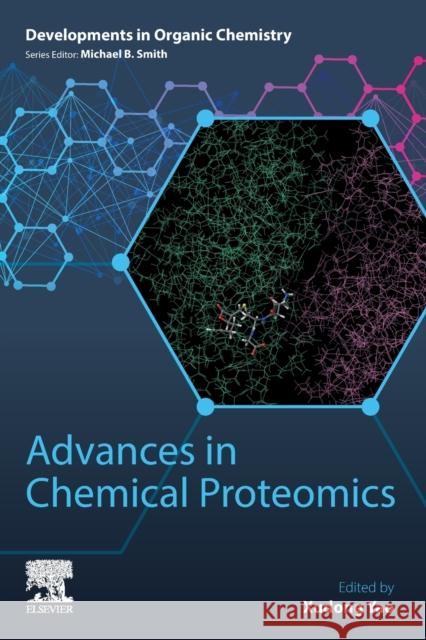Advances in Chemical Proteomics » książka
topmenu
Advances in Chemical Proteomics
ISBN-13: 9780128214336 / Angielski / Miękka / 2021 / 268 str.
Kategorie:
Kategorie BISAC:
Wydawca:
Elsevier
Seria wydawnicza:
Język:
Angielski
ISBN-13:
9780128214336
Rok wydania:
2021
Numer serii:
000860927
Ilość stron:
268
Waga:
0.36 kg
Wymiary:
22.86 x 15.24 x 1.42
Oprawa:
Miękka
Wolumenów:
01











